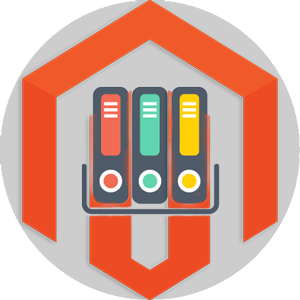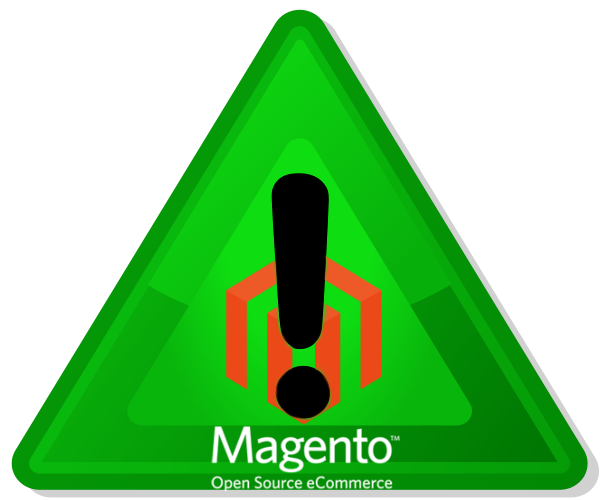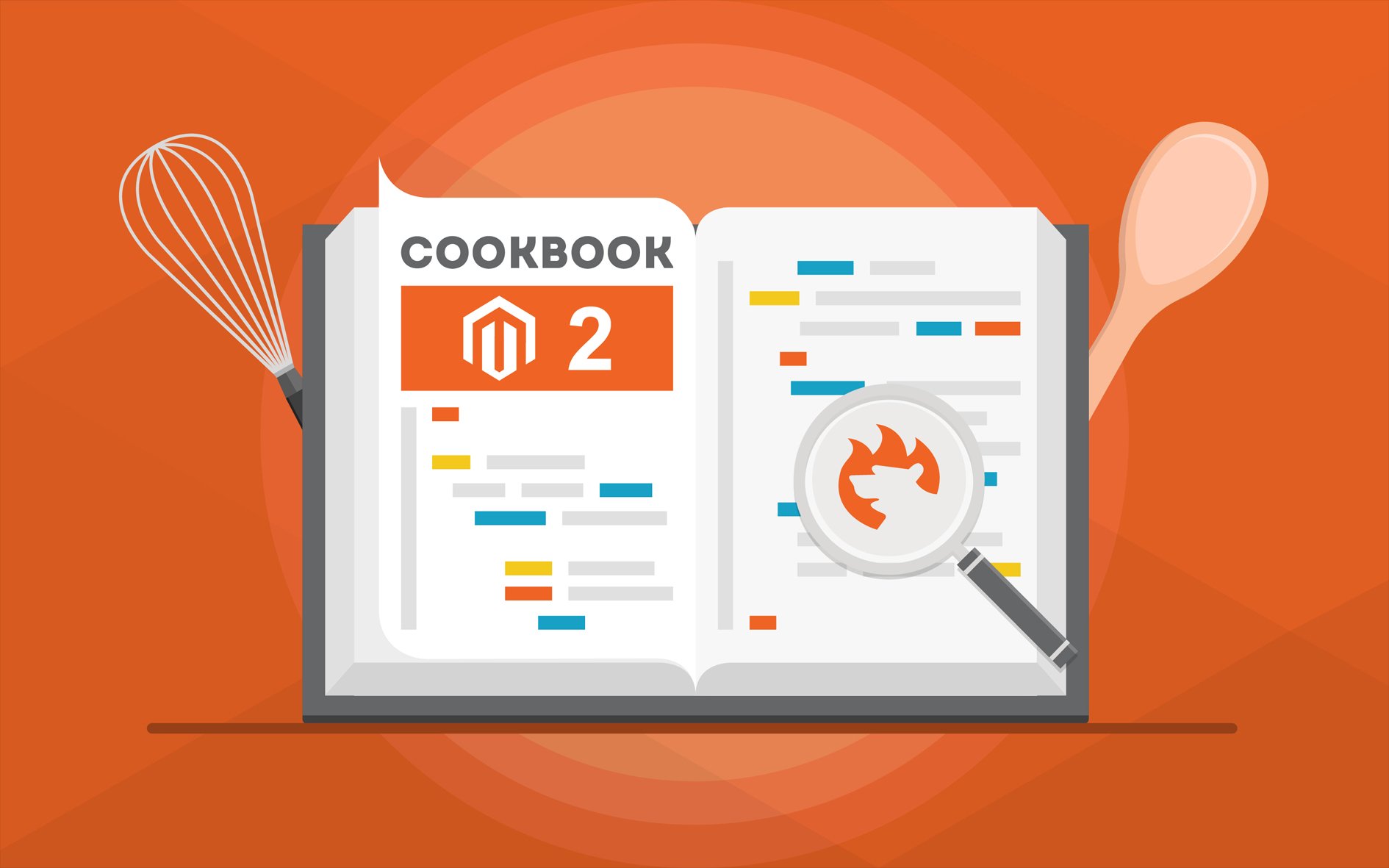
Today, we are going to shed light on the Magento 2 API, so let’s explain what this term means. Application program interface is a special interface which consists of protocols, routines,and tools designed to simplify the process of software development. Since APIs’ major purpose is to specify the way how different software parts interact within a system, they are often used to program graphical user interface components. Good APIs provide all building blocks necessary for developing an application, so a programmer only have to put them together. Although Magento 2 APIs incorporate the same principle, there are tons of nuances related to the ecommerce platform. So, what is the Magento 2 API? Continue Reading






